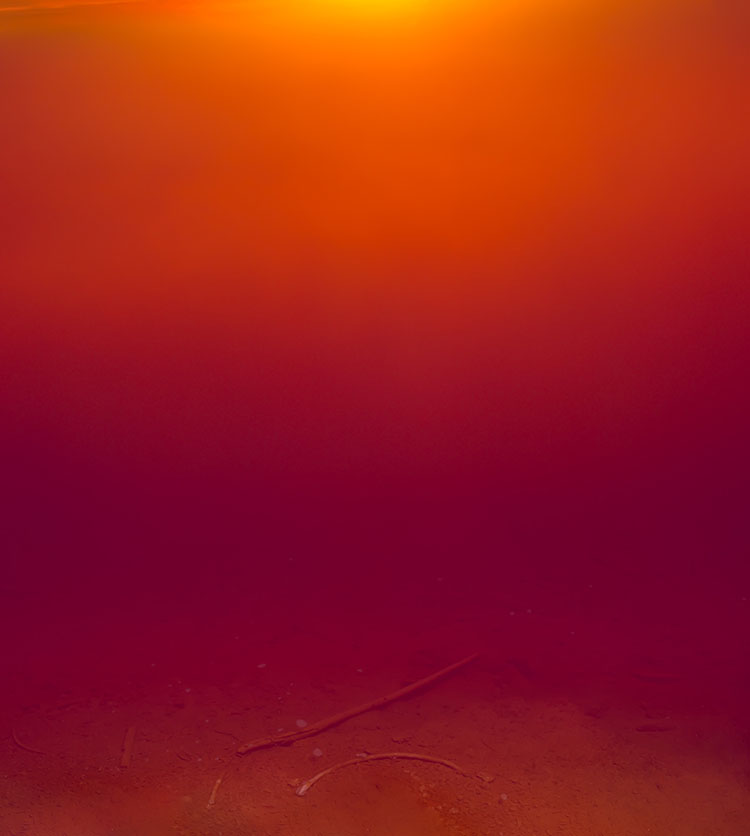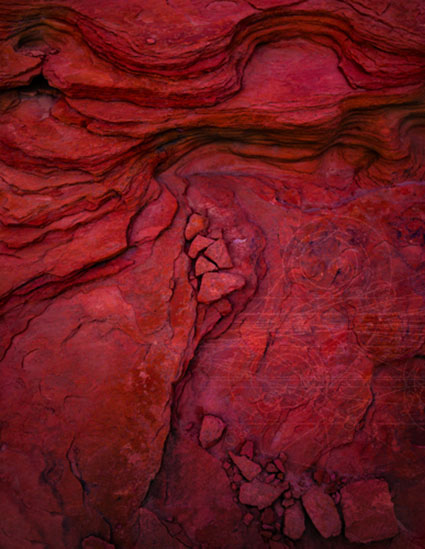19 Great Quotes About The Color Red

Enjoy this collection of quotes on the color red.
"The ‘pure’ red of which certain abstractionists speak does not exist. Any red is rooted in blood, glass, wine, hunters’ caps, and a thousand other concrete phenomena. Otherwise, we would have no feeling toward red and its relations…"
– Robert Motherwell
"If one says ‘Red’ – the name of color – and there are fifty people listening, it can be expected that there will be fifty reds in their minds. And one can be sure that all these reds will be very different."
– Josef Albers
"I will never know how you see red, and you will never know how I see it."
- Anne Carson
"All my life I've pursued the perfect red. I can never get painters to mix it for me. It's exactly as if I'd said, "I want Rococo with a spot of Gothic in it and a bit of Buddhist temple" - they have no idea what I'm talking about."
– Diana Vreeland
"I want a red to be sonorous, to sound like a bell. If it doesn't turn out that way, I add more reds and other colors until I get it."
- Pierre-Auguste Renoir
"Red is such an interesting color to correlate with emotion because it's on both ends of the spectrum. On one end you have happiness, falling in love, infatuation with someone, passion, all that. On the other end, you've got obsession, jealousy, danger, fear, anger, and frustration."
– Taylor Swift
If I decide to make a coat red in the show, it’s not just red, I think: is it communist red? Is it cherry cordial? Is it ruby red? Or is it apple red? Or the big red balloon red?
– Lady Gaga
"Bright reds - scarlet, pillar-box red, crimson or cherry - are very cheerful and youthful. There is certainly a red for everyone."
- Christian Dior



